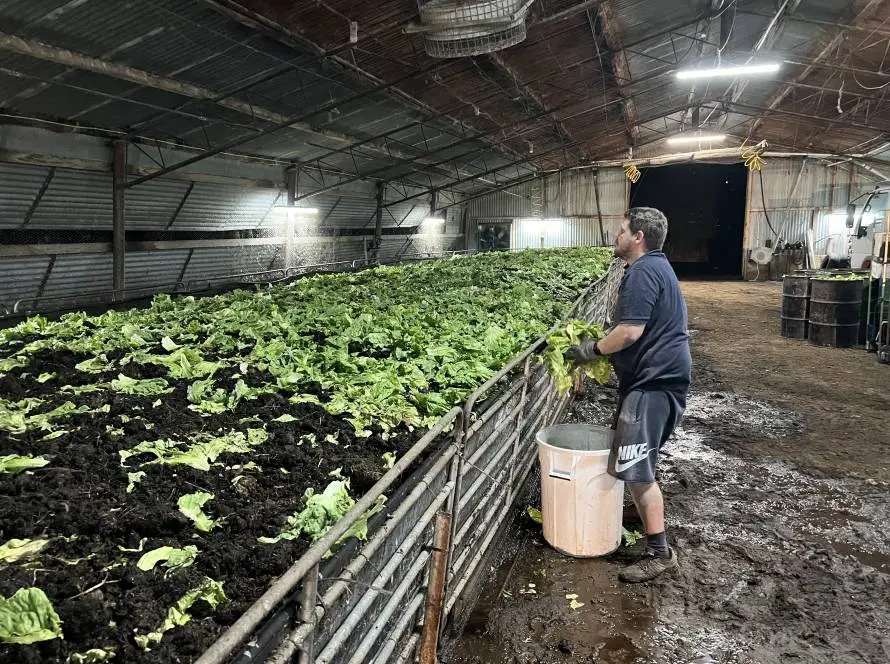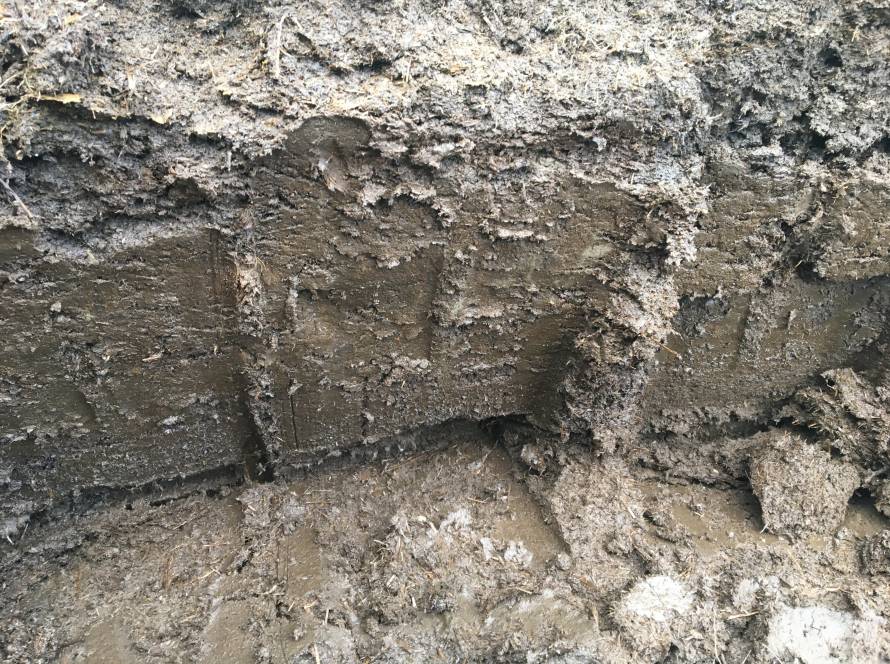Raw manures, even ‘aged’ manures have the potential to spread disease pathogens, toxins and strongly acidic compounds to fields and gardens. Airborne particles and lingering odours are equally undesirable to neighbours. Many plants and trees have great difficulty handling and separating the available nutrients from the toxic substances. They DIE.
Worst of all, these manures are easily washed with falling rain, into streams and lakes as highly polluting leachates.
Yes, there are some benefits, but also potent risks, associated with using manure fertilisation.
Is there a BETTER WAY to use this unpopular asset?
Australia’s registered cattle (much fewer than the actual numbers) produce approximately 500 million DRY tonnes per year. Thus, WET tonnes as they fall from the animals would be approximately 5.4 billion tonnes per year, according to the past Department of Primary Industry records. If collected and stacked it would cover 2km x 2km x 1.35km high, per year.
All the registered animals in Australia produce approximately 8 billion WET tonnes of manure per year. If stacked it would cover an area of 2km x 2km x 2km high, per year. Can you imagine that?
Piggeries worldwide use vast CESSPOOLS to hold oceans of poo.
Flooding rains frequently flush this material over land then into rivers and seas.
Human & pig manures are often very similar. Both are excellent food sources for Compost/Manure Worms as ‘deposited’ but sewerage treatment systems allow human manure to become a toxic and nasty product.
For the most part it appears that manures are poorly handled past the basic requirements of government agencies.
For example: 75,000 head of beef cattle in a feedlot easily produce approximately 2,100 WET tonnes of manure per day. I have seen it in multiple piles, 15 metres high, containing 120,000 tonnes in each and needing constant heavy rolling to remove air, prevent moisture entering or wind generating combustion. When I visited, they were selling from a stack 7 years old. If it costs the operators between $18.50 to $25 per tonne and more as time extends before sale, to appropriately collect, stockpile and later sell for $9.00 plus GST per tonne ($9.90) there is little incentive, to the naked eye, to be doing much more.
What if the manure could be turned back to amazingly fertile, safe, topsoil? What if the feedlot operator’s handling expenses could be drastically reduced? Would that aid better reuse? The value-add is worth much more than the raw manure. Our methods result in No transferable diseases, safe on even the most sensitive flowers, fruit trees or crops and able to be fed as a solid soil, or sprayed as fertigation on leaves or root systems safely and effectively.
We would collect the manure as soon as allowable. Thus giving far less time and exposure for volatilisation and the release of methane and other odorous substances. And much less manure dust or leachates released.
Ask me how?




